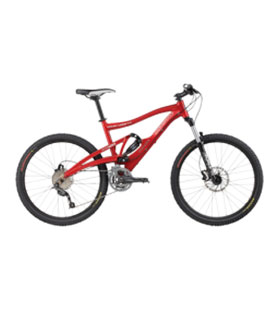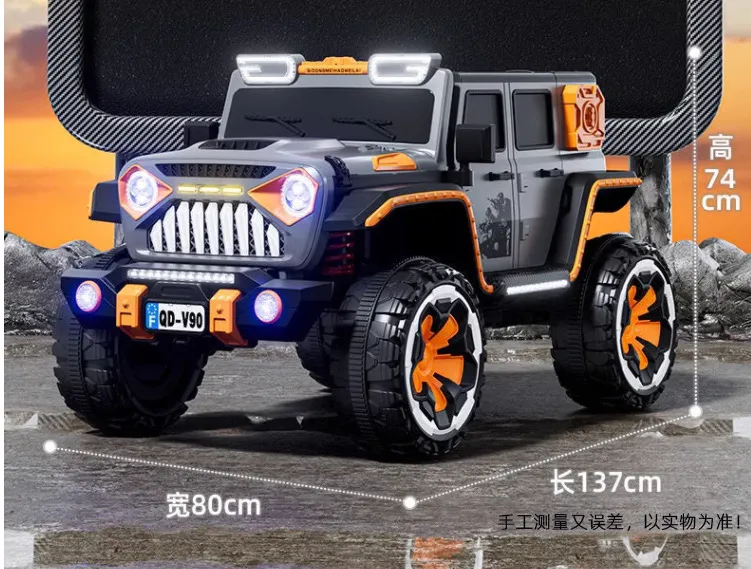
- Afrikaans
- Albanian
- Amharic
- Arabic
- Armenian
- Azerbaijani
- Basque
- Belarusian
- Bengali
- Bosnian
- Bulgarian
- Catalan
- Cebuano
- Corsican
- Croatian
- Czech
- Danish
- Dutch
- English
- Esperanto
- Estonian
- Finnish
- French
- Frisian
- Galician
- Georgian
- German
- Greek
- Gujarati
- Haitian Creole
- hausa
- hawaiian
- Hebrew
- Hindi
- Miao
- Hungarian
- Icelandic
- igbo
- Indonesian
- irish
- Italian
- Japanese
- Javanese
- Kannada
- kazakh
- Khmer
- Rwandese
- Korean
- Kurdish
- Kyrgyz
- Lao
- Latin
- Latvian
- Lithuanian
- Luxembourgish
- Macedonian
- Malgashi
- Malay
- Malayalam
- Maltese
- Maori
- Marathi
- Mongolian
- Myanmar
- Nepali
- Norwegian
- Norwegian
- Occitan
- Pashto
- Persian
- Polish
- Portuguese
- Punjabi
- Romanian
- Russian
- Samoan
- Scottish Gaelic
- Serbian
- Sesotho
- Shona
- Sindhi
- Sinhala
- Slovak
- Slovenian
- Somali
- Spanish
- Sundanese
- Swahili
- Swedish
- Tagalog
- Tajik
- Tamil
- Tatar
- Telugu
- Thai
- Turkish
- Turkmen
- Ukrainian
- Urdu
- Uighur
- Uzbek
- Vietnamese
- Welsh
- Bantu
- Yiddish
- Yoruba
- Zulu
Jan . 14, 2025 10:42 Back to list
electric push bike
As the demand for sustainable and convenient transportation solutions continues to rise, the electric push bike is emerging as a trailblazer in the field of personal mobility. These innovative vehicles combine the best aspects of traditional cycling with advanced e-bike technology, offering users a versatile means of commuting and leisure riding. One striking feature of electric push bikes is their adaptability, making them suitable for diverse riding environments, from urban streets to rugged countryside trails.
From a technical standpoint, understanding the engineering behind electric push bikes is crucial for anyone considering a purchase. These bikes are typically powered by a lightweight lithium-ion battery, ensuring longevity and consistent performance. The motor is strategically placed on either the hub or the crank, each offering distinctive advantages. Hub motors are usually quieter and excellent for light riders with flat commutes, while crank-based motors provide more power for climbing hills and tackling challenging trails. The decision on which to opt for largely depends on one's lifestyle and the terrain on which they plan to ride. Investing in an electric push bike involves more than just picking the right machine—understanding the nuances of maintenance and battery care are equally essential. Regularly checking tire pressure, keeping the chain lubricated, and charging the battery correctly will prolong the bike's lifespan and ensure a safe riding experience. Brands are continuously improving battery technology, with many modern electric bikes boasting quick charging times and enhanced battery management systems to prevent overcharging. Experts agree that as technology advances, electric push bikes are expected to become even more efficient, lighter, and affordable. As regulatory frameworks evolve to accommodate this burgeoning form of mobility, it becomes imperative for potential buyers to stay informed about safety standards and available features. The allure of initially reduced costs through government incentives continues to enhance their attractiveness, paving the way for a future where electric push bikes could dominate urban commuting landscapes.


From a technical standpoint, understanding the engineering behind electric push bikes is crucial for anyone considering a purchase. These bikes are typically powered by a lightweight lithium-ion battery, ensuring longevity and consistent performance. The motor is strategically placed on either the hub or the crank, each offering distinctive advantages. Hub motors are usually quieter and excellent for light riders with flat commutes, while crank-based motors provide more power for climbing hills and tackling challenging trails. The decision on which to opt for largely depends on one's lifestyle and the terrain on which they plan to ride. Investing in an electric push bike involves more than just picking the right machine—understanding the nuances of maintenance and battery care are equally essential. Regularly checking tire pressure, keeping the chain lubricated, and charging the battery correctly will prolong the bike's lifespan and ensure a safe riding experience. Brands are continuously improving battery technology, with many modern electric bikes boasting quick charging times and enhanced battery management systems to prevent overcharging. Experts agree that as technology advances, electric push bikes are expected to become even more efficient, lighter, and affordable. As regulatory frameworks evolve to accommodate this burgeoning form of mobility, it becomes imperative for potential buyers to stay informed about safety standards and available features. The allure of initially reduced costs through government incentives continues to enhance their attractiveness, paving the way for a future where electric push bikes could dominate urban commuting landscapes.
Next:
Latest news
-
The Ultimate Kids' Four-Wheeler Experience
NewsJul.09,2025
-
The Ultimate Guide to Mountain Bikes: Gear Up for Your Ride
NewsJul.09,2025
-
The New Age of Cycling: Electric Bikes for Every Rider
NewsJul.09,2025
-
The Best Kids Bicycles: Ride in Style and Safety
NewsJul.09,2025
-
The Best 3-Wheel Scooters for Kids: Fun, Safety, and Adventure
NewsJul.09,2025
-
Revolutionize Your Ride: Affordable Electric Bikes
NewsJul.09,2025
-
Finding the Perfect Mountain Bike for Every Rider
NewsJul.09,2025



